If you are new to commuting via bike then the chances are there will be a few small changes that could make a big difference to your riding.
Here we cover tips ranging from personal preparation to road habits and bike set-up, and offer plenty of helpful advice for anyone who’s new to cycling to work.
- Celebrate this year’s Bike Week by getting out on your bike from 8–16 June. Cycling UK wants to get even more people riding this year and you’ll find plenty of advice on BikeRadar if you’re new to cycling or need help deciding which bike to buy or how to fix a puncture! Share your rides with the hashtags #BikeWeekUK #7DaysofCycling.
1. Under-inflated tyres
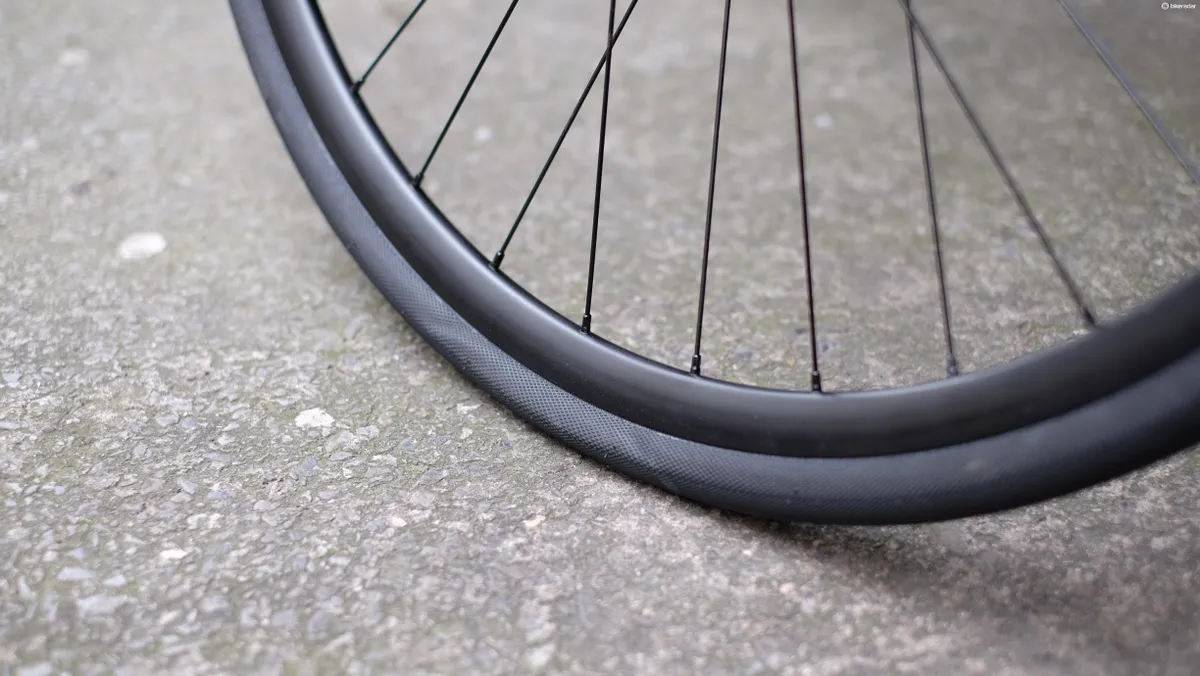
The numbers of riders that fail to keep their tyres up to pressure never ceases to amaze us. Low pressures not only increase your risk of punctures, but steal your speed and leave your rims more vulnerable to damage too.
Check the pressure of your tyres weekly to avoid running low. For reference, every tyre will have a recommended pressure range on its sidewall.
2. A dry chain
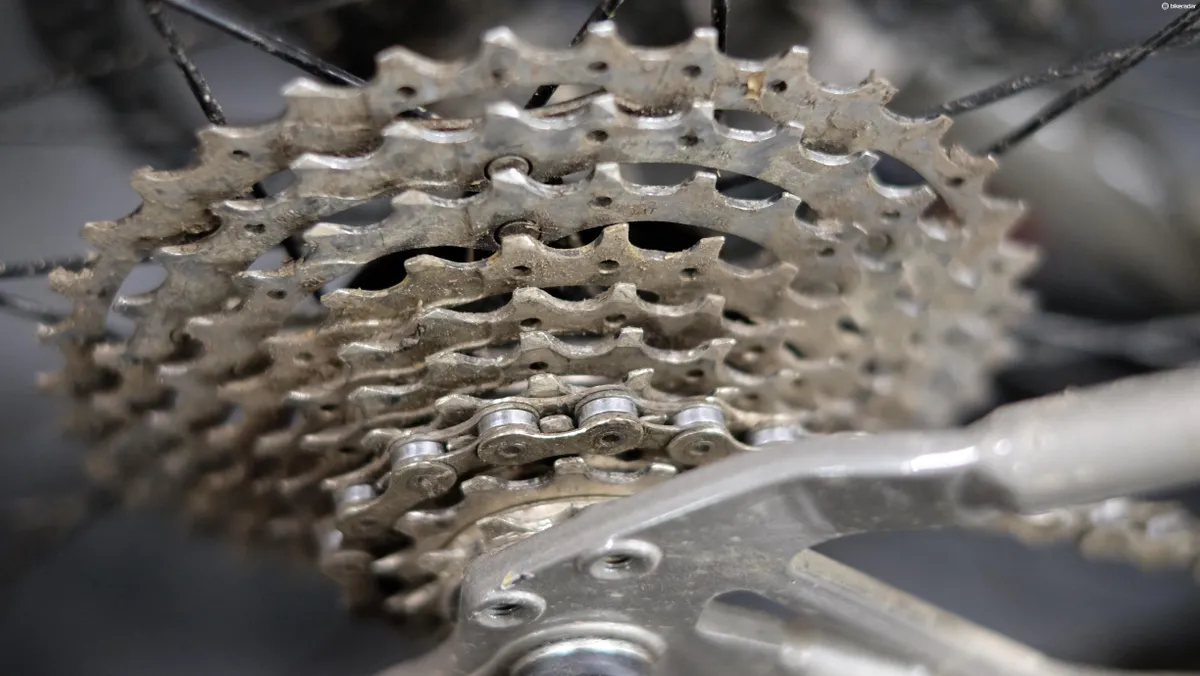
You’ll be able to hear this person a mile off, their crusty transmission making the sort of noise that pushes those with mechanical sympathy into a heartfelt cringe.
Not only will you be robbing yourself of some efficiency, but you’ll also be dramatically increasing wear on your bike's expensive transmission components.
To ensure your chain doesn’t run dry, make sure you are applying a correct, cycle-specific chain lubricant regularly.
For more information check out our steps on how to clean and lube your bike's drivechain.
3. A failure to safety check
Bicycles can be daunting machines for those who aren’t mechanically minded, but performing a basic safety check periodically is a simple procedure and a very, very good idea.
Quick-release wheels are really convenient, but fail to close the skewers correctly or with sufficient tightness and you are asking for serious trouble.
Similarly, the handlebar and stem of your bike are some of the most reliable components around, but fail to tighten the bolts and you could quite quickly be in for the wildest ride of your life.
Here’s our detailed video guide on how to safety check a bike. Remember, if you are in any doubt then get your local bike shop to check things over.
4. Crazy cadences
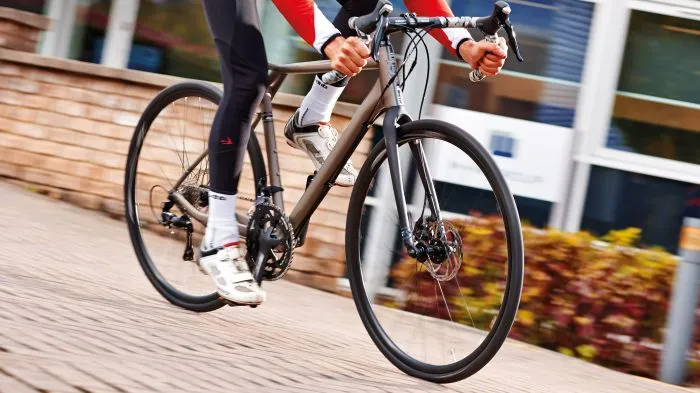
If you are lucky enough to have multiple gears then great — but knowing how to use them to your advantage is very important.
Try to keep your legs rotating at a rate that flows well for you, read the terrain ahead and act accordingly — dropping down a few cogs before approaching a traffic light, for example, can prevent an embarrassing and wobbly slog when the lights turn green.
Similarly, spinning your legs like a whisk can be a good way to make light work of certain climbs, but can also make for dangerous instability when at speed.
5. Incorrect saddle height
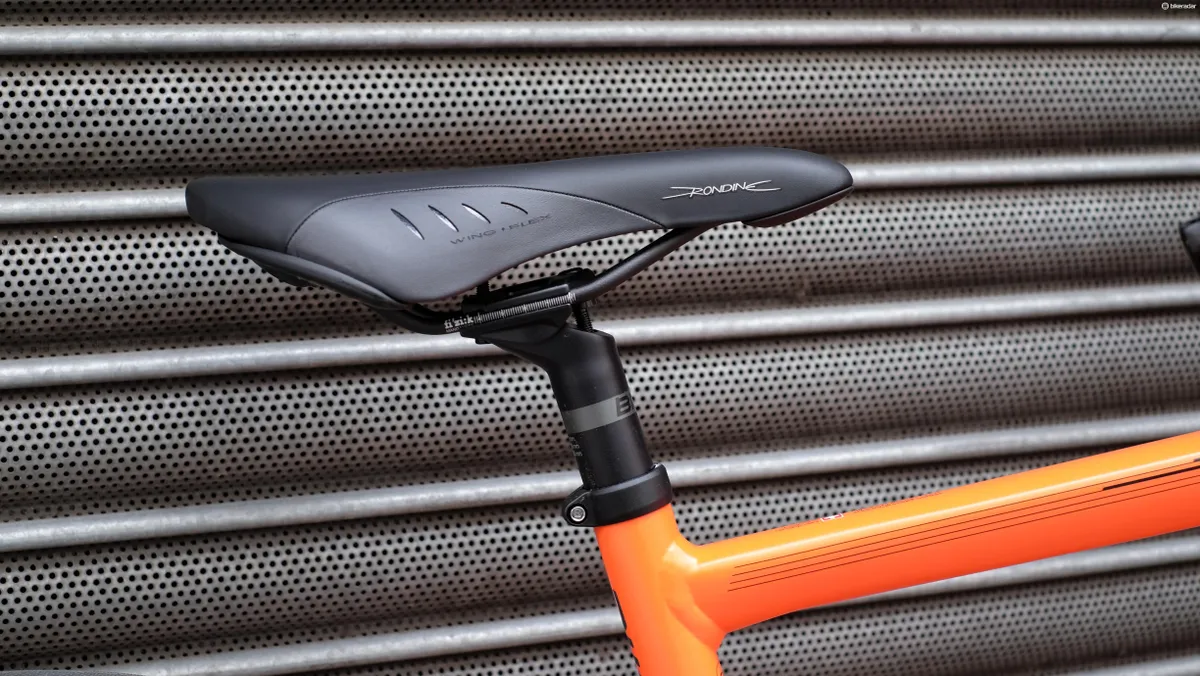
Running your saddle height too low will mean you won’t get the most from your legs and, at the other end of the scale, a saddle height that’s too high will lead to discomfort, instability and potential injury.
A quick but non-scientific way for a beginner to find an acceptable saddle height is to raise the saddle until there’s a slight bend in the leg while at the bottom of the pedal stroke. This should be measured while the ball of a rider’s foot is positioned over the centre of the corresponding pedal axle.
6. Poor preparation

Poor preparation prevents proper performance, someone once said, and they were right. It may sound obvious, but thinking about what you take with you on your ride can be the difference between enjoying or enduring cycling.
Always have the kit with you to repair a puncture and tighten anything that is likely to come loose. It’s also advisable to have the tools with you to fix a broken chain. Some may consider this overkill, but on longer rides it’s advisable to also carry a replacement derailleur hanger.
The second part of ride preparation should involve your clothing. Whether or not you wish to wear a helmet is up to you but leave the house with a bad choice of clothing and you’re going to wish you never left at all. By wearing multiple, lighter layers you’ll give yourself more flexibility for changing weather conditions.
If visibility is questionable then don’t forget to pack your lights and try to avoid wearing too much black clothing if possible.
Finally, running out of energy is never fun so be sure to keep yourself adequately fuelled before and during your ride. Homemade alternatives to expensive energy foods are a good idea. Check out our article on cheaper homemade sports nutrition alternatives.
7. A failure to ride defensively
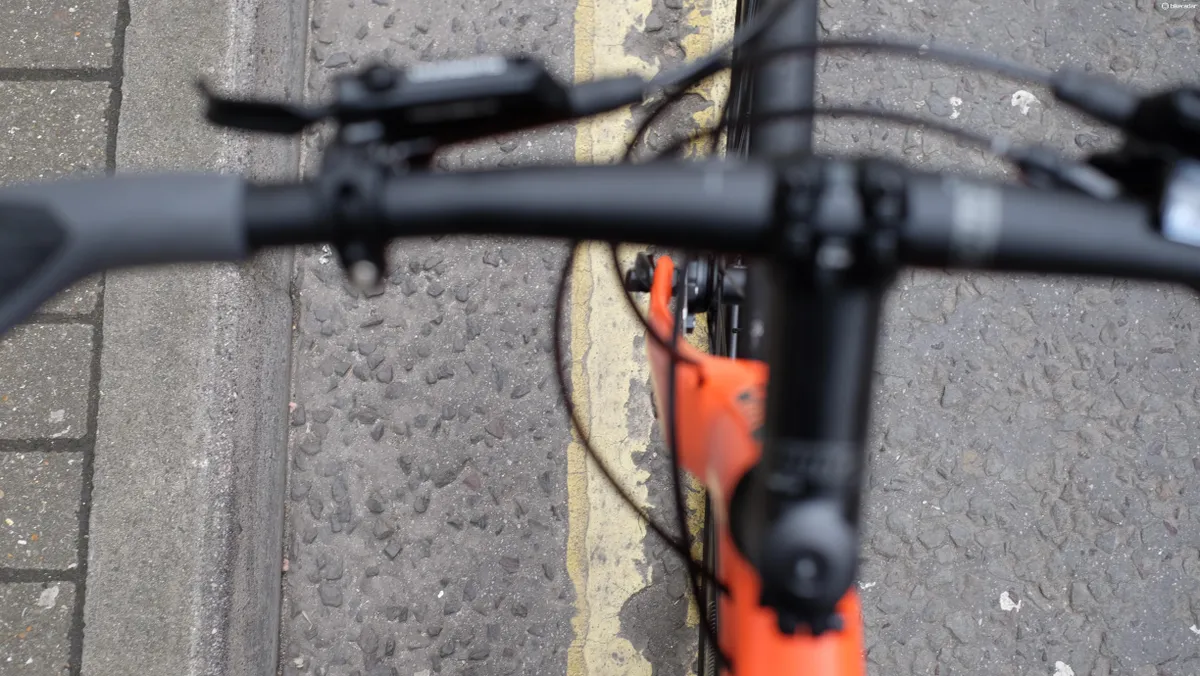
As cyclists we're among the most vulnerable road users around. Fact. This doesn’t mean that we should be afraid but it definitely does mean that we should be careful.
When on the road, ride with confidence rather than cockiness; make sure you are seen before you commit to a move that could potentially take you off of your bike. Take as much space as you need when you need it.
Assume that car will pull out and make sure you can stop if it does — its occupants aren’t the ones that’ll end up injured in the event of an accident.
